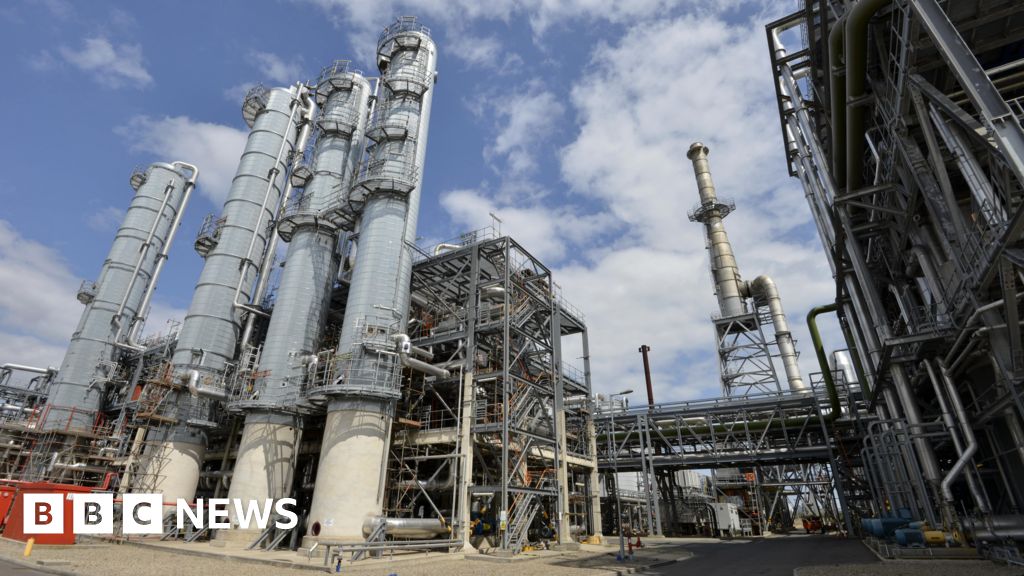Receive free Markets updates
We’ll send you a myFT Daily Digest email rounding up the latest Markets news every morning.
Wall Street stocks recovered on Friday after a week in which equities have been buffeted by rising oil prices and growing expectations that interest rates will stay higher for longer.
Wall Street’s benchmark S&P 500 rose 0.3 per cent and the Nasdaq Composite advanced 0.7 per cent, rebounding from a sharp sell-off spurred by the Federal Reserve’s hawkish policy guidance.
Both indices lost more than 2 per cent over the past week, as investors grew cautious after the Fed announced its intention to raise interest rates further this year, and limit cuts in 2024.
Europe’s region-wide Stoxx Europe 600 fell 0.3 per cent, ending the week 1.3 per cent lower. The CAC 40 in Paris declined 0.4 per cent on Friday and the Dax in Frankfurt gave up 0.1 per cent.
A series of business surveys from the US and Europe further soured market sentiment, as they signalled economies remained resilient enough for central banks to stick with their restrictive policies.
The S&P Global flash composite purchasing managers’ index, a measure of manufacturing and services sector activity in the US, came in at 50.1 in September, only slightly below 50.2 in the previous month.
The equivalent PMI for the eurozone came in at 47.1 in September, above analysts’ forecasts of 46.5. Despite the uptick, the figure remained below the neutral 50 mark which separates contraction from expansion.
“The essential message from the macro data remains that of an improving situation, in sharp contrast to what it was a few months ago,” said Florian Ielpo, head of macro at Lombard Odier Investment Managers. “The enigma investors need to decipher is whether this is good or bad news for risky assets.”
Longer-dated US Treasuries retreated after rising sharply on Thursday. The yield on the benchmark 10-year Treasury, which hit a 16-year high in the previous session, fell 0.04 percentage points to 4.44 per cent.
The dollar, which tends to strengthen when investors expect rates to stay high, advanced 0.1 per cent against a basket of six peer currencies, hitting a fresh six-month high.
Adding to the pressure on central banks across the world, supply cuts from leading exporters pushed oil prices up 30 per cent since June, threatening to hamper global efforts to bring inflation back to the 2 per cent target.
Brent crude, the international benchmark, slipped 0.1 per cent to trade at $93.14 a barrel on Friday, after Russia barred the export of diesel and petrol in its latest move to lift prices. West Texas Intermediate, the US marker, added 0.1 per cent to $89.73.
European energy stocks buoyed the region’s blue-chip indices, with the Stoxx Europe 600 energy index rising 0.3 per cent.
Meanwhile, the Japanese yen weakened 0.5 per cent to trade at ¥148.24 to the dollar after the Bank of Japan announced its widely expected decision to stick with an ultra-low interest rate policy on Friday.
The policy comes even as Japan’s consumer price growth exceeded the central bank’s 2 per cent target for the 17th consecutive month, with the “core” figure rising 3.1 per cent in August.
Japan’s benchmark Topix index declined 0.3 per cent. Elsewhere in Asia, China’s CSI 300 advanced 1.8 per cent and Hong Kong’s Hang Seng gained 2.3 per cent.
Credit: Source link











